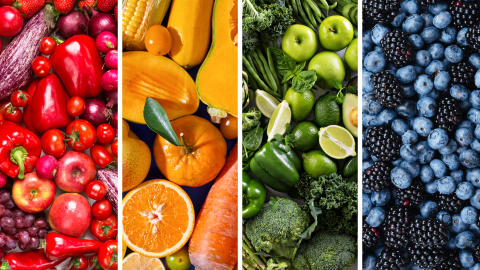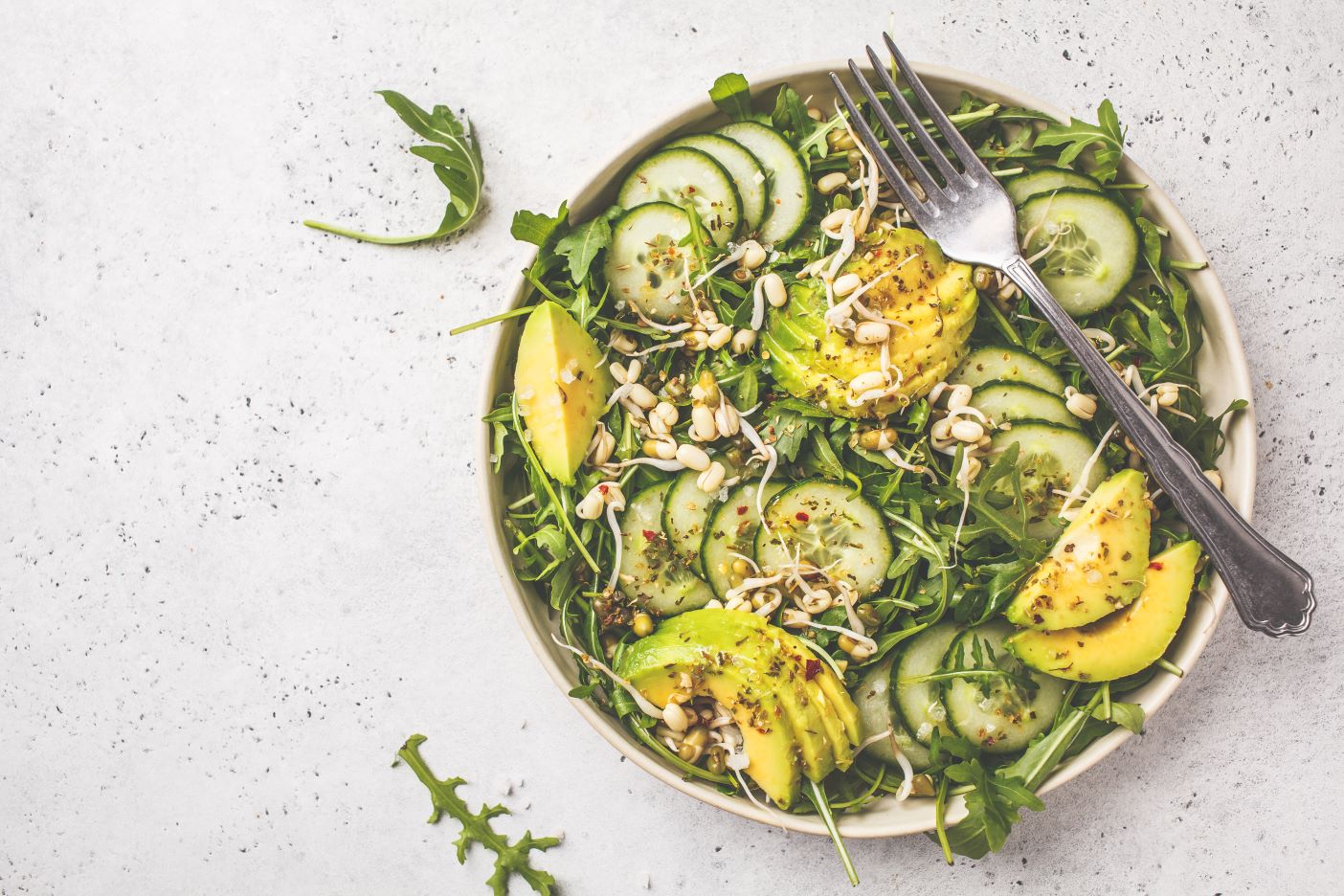The Benefits of Healthy Fats
Fats are complex nutrients that are often misunderstood. There are two major categories of dietary fats: saturated and unsaturated. Saturated fats are typically solid at room temperature and are predominantly found in red and processed meats, whole milk and whole-milk dairy products, cheese, and baked goods. Although fine in moderation, the USDA Dietary Guidelines recommend limiting saturated fat to under 10 percent of an individual’s daily caloric intake. Unsaturated fats come from vegetables, nuts, seeds, and fish, and are labeled as “good” fats because their consumption is associated with lower rates of cardiovascular disease and all-cause mortality.
Eating the Right Type of Fats
Limit Intake of Processed Foods
Processed foods, like fried snacks, baked goods, and meats, like bacon, hot dogs, and cold cuts, are major sources of saturated fats. Too much saturated fat can lead to an increase in LDL cholesterol, which in turn may raise an individual’s risk of high blood pressure, stroke, and heart disease.
Snack on Nuts and Seeds
Many varieties of nuts and seeds are good sources of healthy mono- and polyunsaturated fats. Peanuts are nearly 50 percent fat, while walnuts contain omega-3 fatty acids, which research shows can help play a critical role in reducing oxidative stress in the brain and can even help with the development and function of the central nervous system. Hemp seeds and flaxseeds are also important sources of omega-3 and omega-6 fatty acids.
Focus on Fish
While red and processed meats tend to contain fats that lead to higher cholesterol levels, eating the right types of fish can actually help reduce the risk of cardiovascular disease and stroke. Fatty fish like salmon, tuna, sardines, herring, and mackerel are all sources of “good” fats, particularly omega-3 fatty acids.
Substitute Healthier Alternatives
Many common ingredients, like butter, mayonnaise, margarine, and heavy cream, contain high levels of saturated fat. Substitute healthier alternatives, like yogurt, avocado, or silken tofu, to recreate creamy textures or provide an unctuous note to egg or tuna salad.
Cook with Olive Oil
In many instances olive oil can be used in place of butter or margarine when sauteing or roasting. Although it contains low levels of saturated fat, olive oil is predominantly composed of a monounsaturated fat called oleic acid. Studies link oleic acid to lower levels of inflammation, but the health benefits of olive oil range from a reduced risk of stroke and heart disease to weight loss. Other oils, like canola, corn, olive, peanut, avocado, sesame, or soybean are also good alternatives.
During your next trip to the supermarket, check the nutrition label of different foods and look for ones that are low in saturated and trans-fats.



